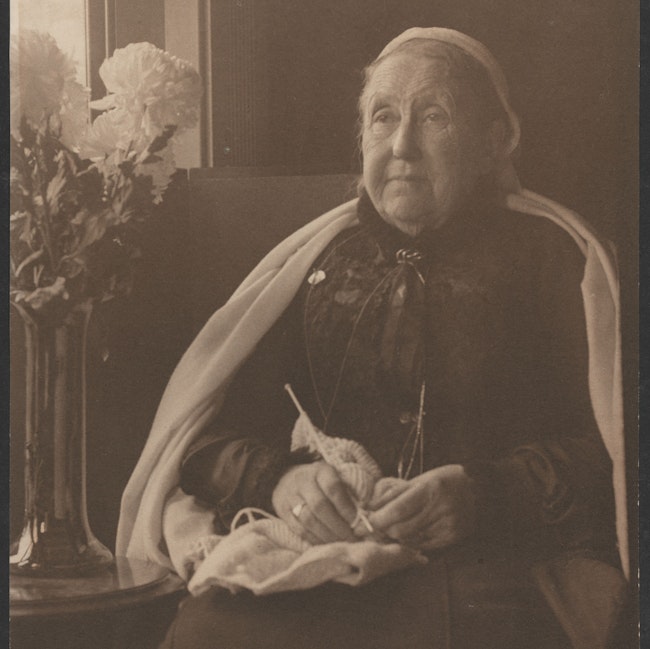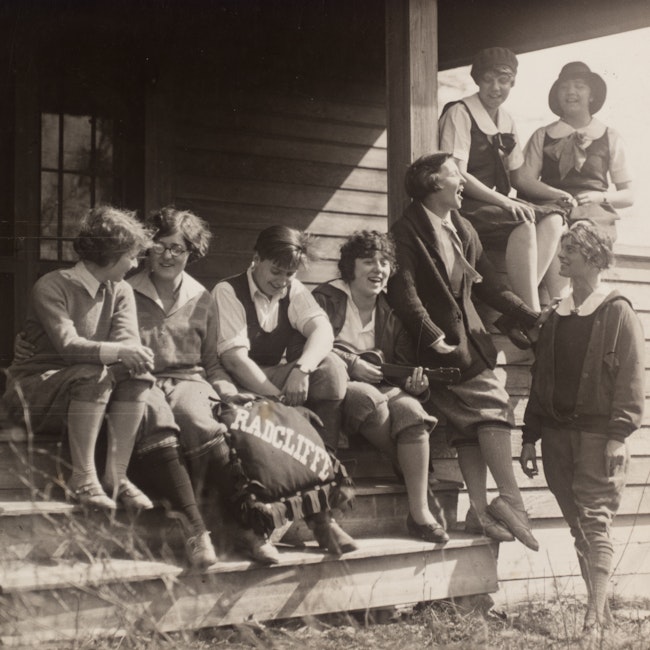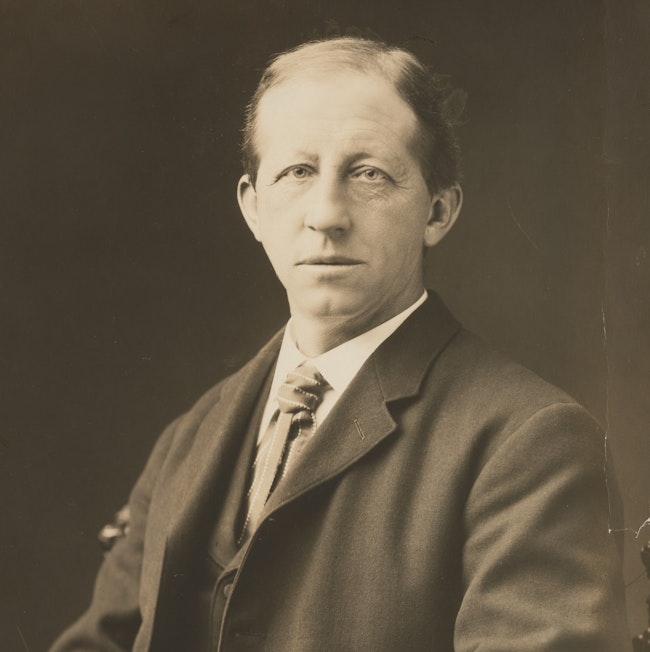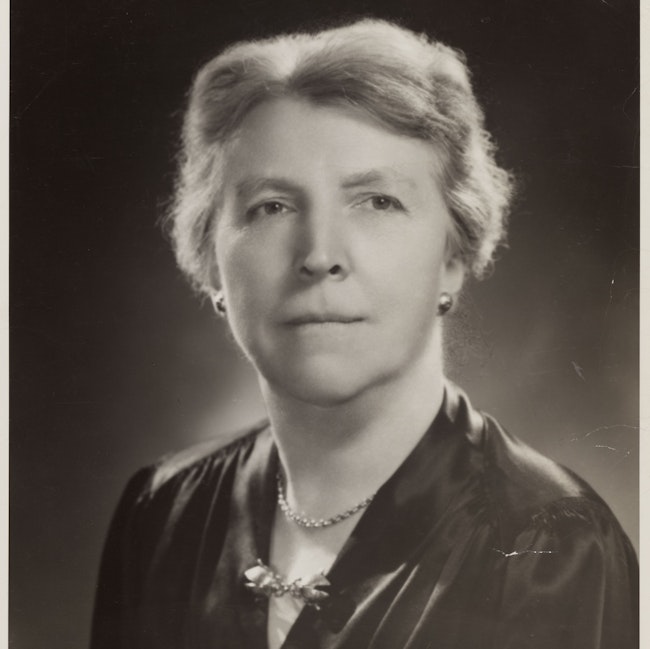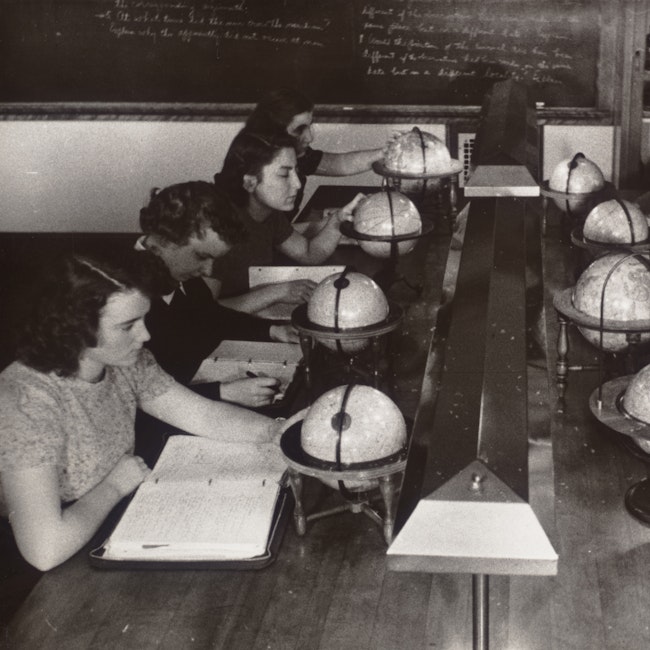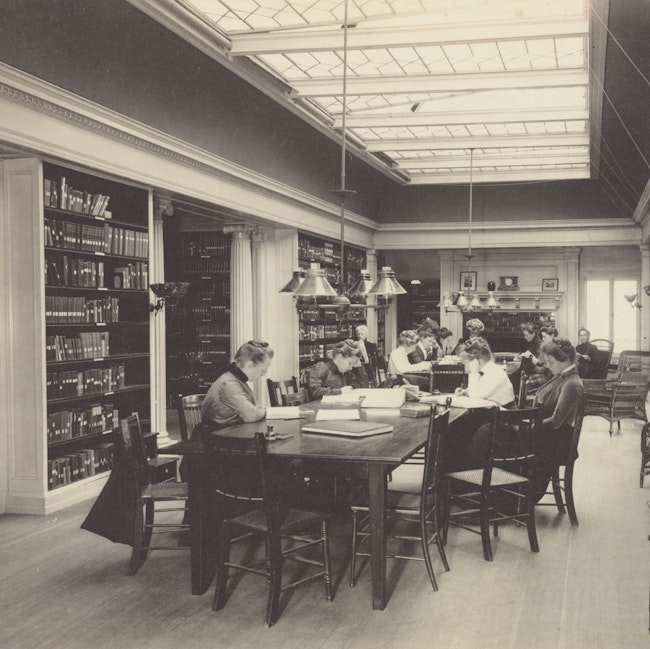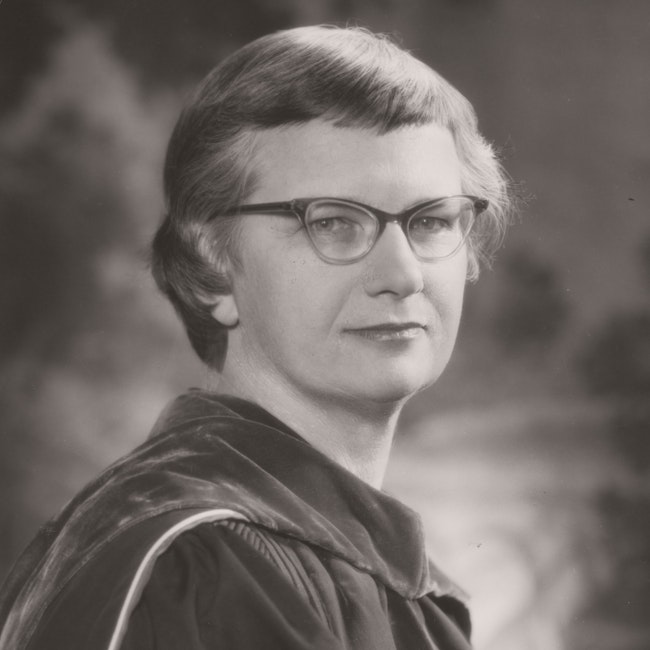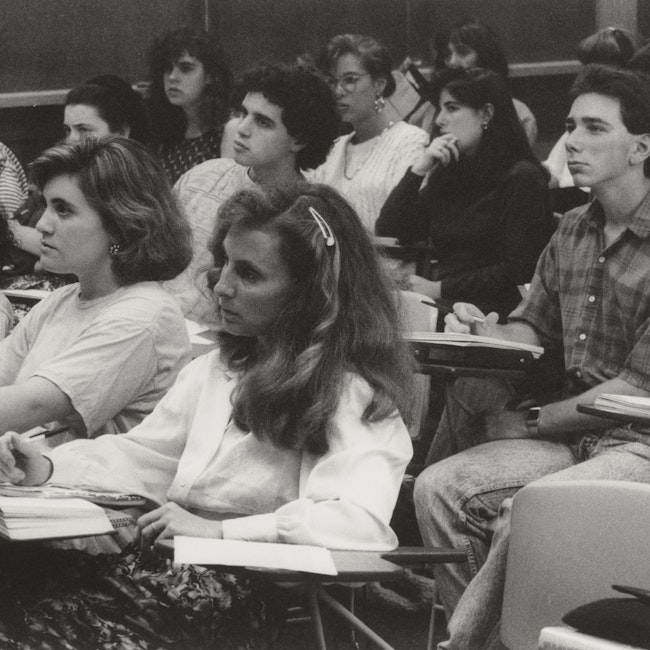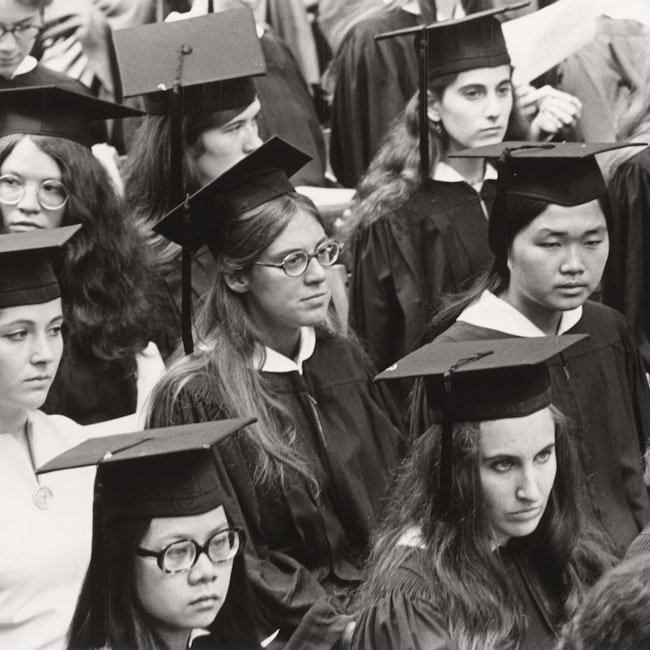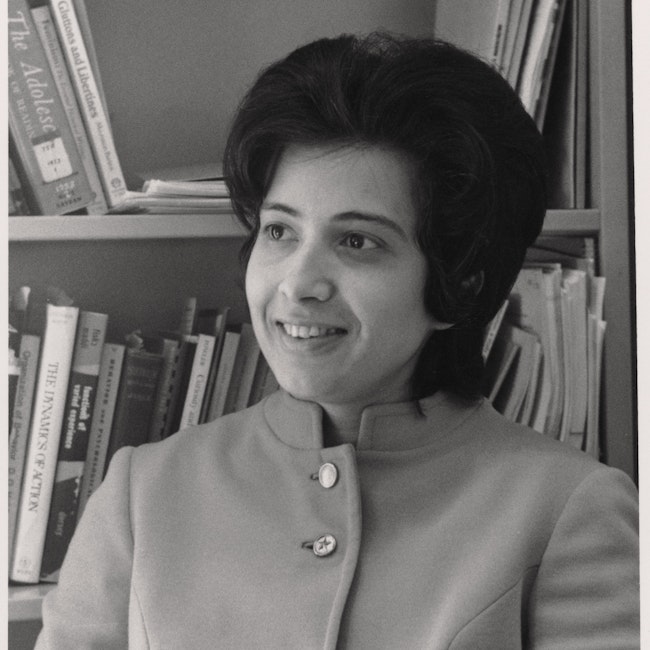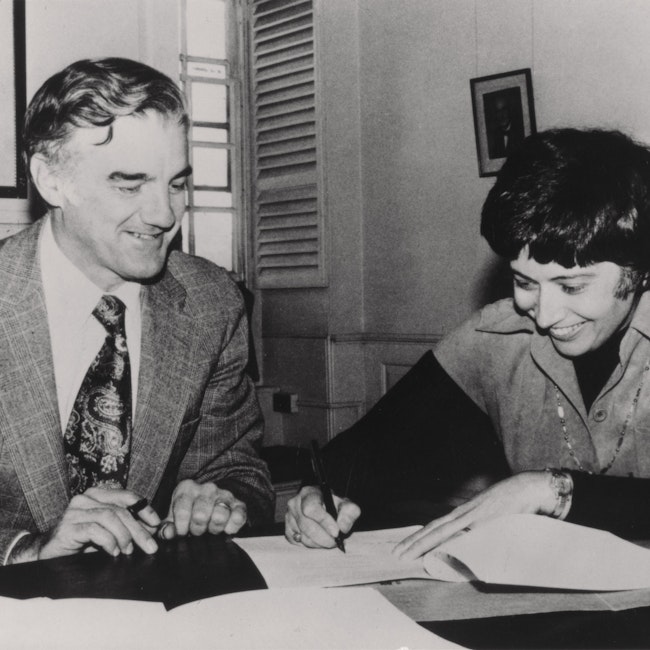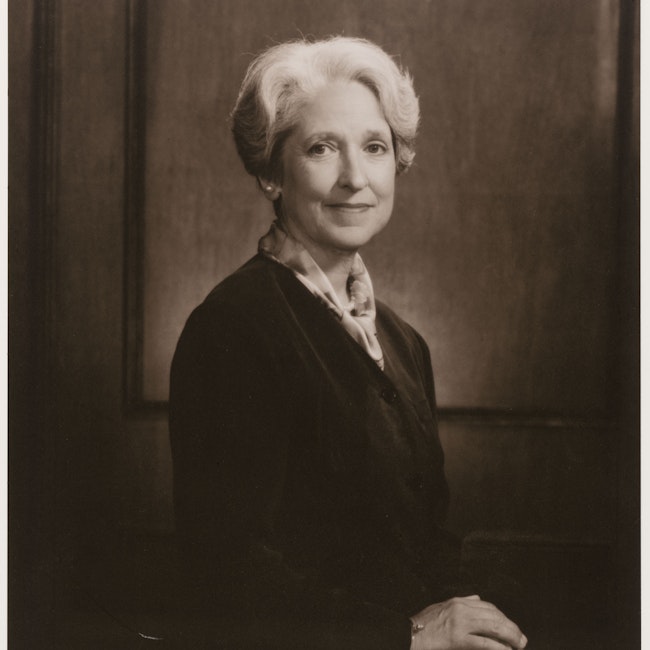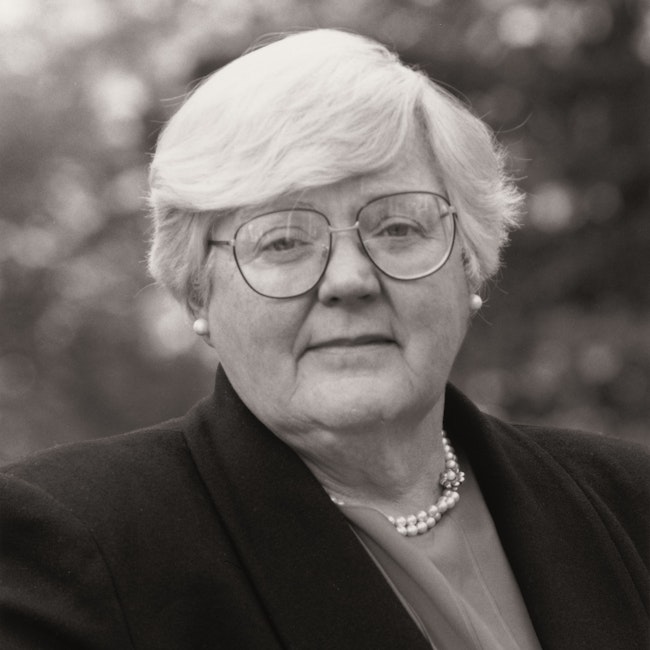History
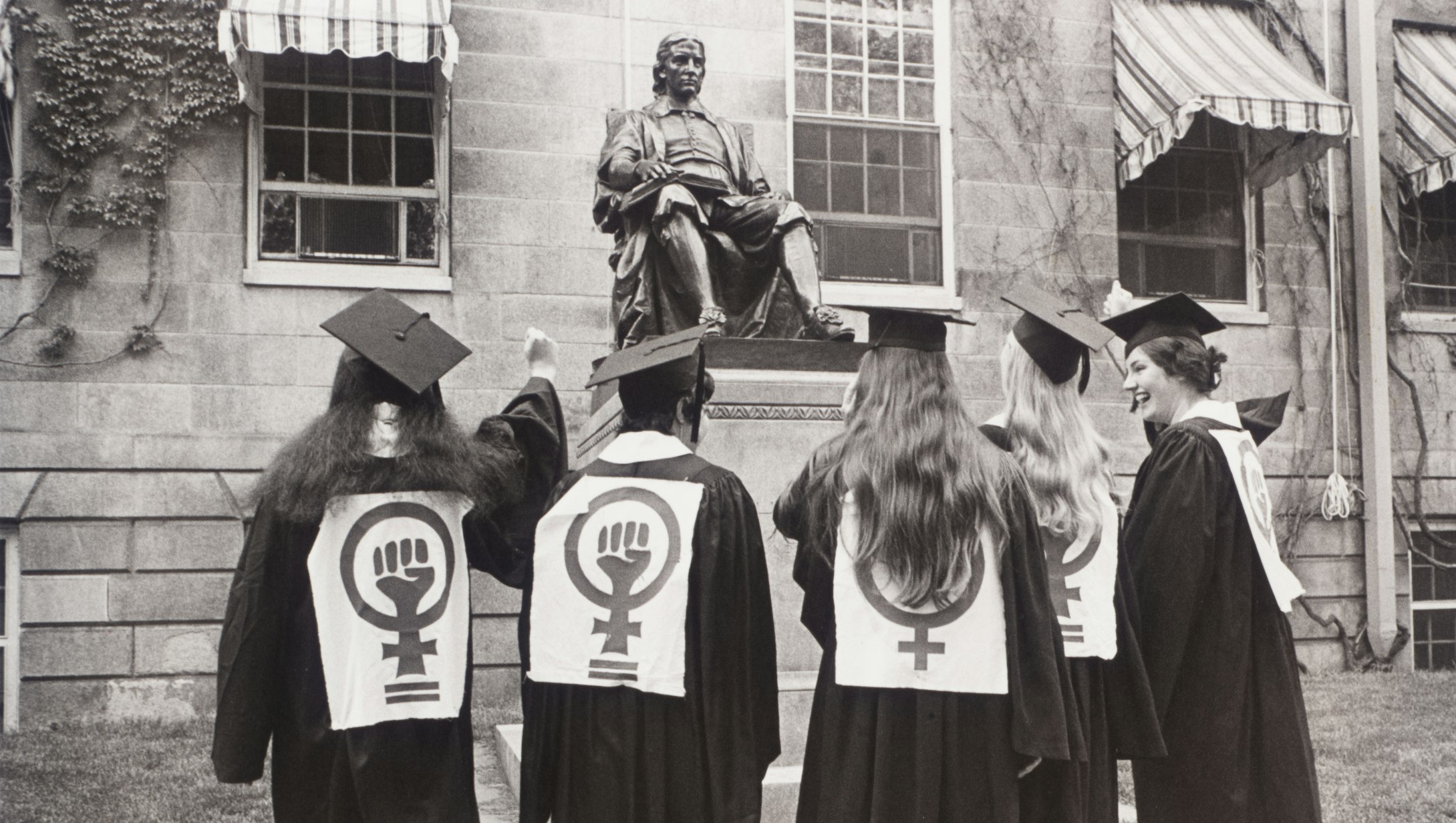
Radcliffe: From College to Institute
Responding to calls for equal educational opportunities for women, Harvard President Charles Eliot warned in his 1869 inaugural address that the world “knew next to nothing about the natural mental capacities of the female sex.” In keeping with this belief, he rebuffed attempts to allow women to access a Harvard education. Undeterred, in 1879 a group of reformers founded the Harvard Annex, where women could receive instruction from Harvard faculty. The Annex was soon incorporated as the Society for the Collegiate Instruction of Women under the leadership of Elizabeth Cary Agassiz (1822-1907).
A decade later, the Harvard Annex had grown to include more than 200 students and, in 1894, it was chartered as Radcliffe College, with Agassiz as its first president. From the beginning, degrees were countersigned by the Harvard president to attest that they were, in Eliot’s words and despite his reservations, “equivalent in all respects to the degrees given to the graduates of Harvard College.”
Some 60 years later, women still faced barriers to educational opportunity. Radcliffe’s fifth president, Mary Ingraham Bunting, a noted microbiologist and educator, gained national prominence soon after joining Radcliffe, when she was featured on the front of Time Magazine. The cover article reported an intellectual crisis underway: “The proportion of girls in college has slipped from 47% in 1920 (a vintage feminist year) to 37% now. Only a little more than half of all college girls get a bachelor's degree. For every 300 women capable of earning a doctorate degree, only one does.” Bunting was among those leaders concerned by what they were witnessing. She memorably remarked, “Adults ask little boys what they want to do when they grow up. They ask little girls where they got that pretty dress.” (Time, Nov 3, 1961).
“Adults ask little boys what they want to do when they grow up. They ask little girls where they got that pretty dress.”
In order to combat the pervasive “climate of unexpectation” that was undermining the intellectual and creative lives of women, Bunting founded the Radcliffe Institute for Independent Study in 1960. So the seed of today’s Harvard Radcliffe Institute was planted. She designed a fellowship program to provide time, financial support, community, access to the University’s resources, and “a room of one's own” to woman scholars and artists.
The Institute for Independent Study and Radcliffe College coexisted until 1999, when Radcliffe College and Harvard officially merged, and today's Radcliffe Institute was formally established. The founding dean of the Institute was Drew Gilpin Faust, who led Radcliffe from 2001 until 2007, when she was selected as the first woman to serve as president of Harvard University.
The Institute’s work continues to be shaped by this history. Radcliffe’s defining commitment to women and the study of gender endures in the Institute’s programs and the world-class collections of its Schlesinger Library. But the legacy of Radcliffe College is not simply coeducation at Harvard; it is the recognition that universities will always be greater when they draw wisdom and talent from the widest possible pool. This principle has guided Radcliffe’s work for nearly a century and a half.
Read the Institute's Founding Mission See biographies of the Deans of the Radcliffe Institute Learn about the Institute's Work A fresh look
Harvard Radcliffe Institute: Milestones
Discovery of the Radcliffe Wave Rocks the Scientific World
Astronomers Alyssa Goodman and João Alves announce, in January 2020, the discovery of a gaseous structure—the largest ever seen in our galaxy—made up of interconnected stellar nurseries. The discovery transforms a 150-year-old vision of the Milky Way. Dubbed the “Radcliffe Wave” in honor of the Institute, where this project was developed and where Alves discovered visual artist Anna von Mertens's work on Radcliffe graduate Henrietta Leavitt, which he credits with helping the team of astronomers to “see more.”

Ground-breaking Digital Archive Opened to Researchers
In 2020, Radcliffe’s Schlesinger Library receives national media attention when the #metoo Digital Media Collection is opened to researchers. A powerful example of the need to invest in “born digital” archival preservation, the #metoo archive documents the digital footprint of the #metoo movement and the accompanying political, legal, and social battles in the United States.

Former Radcliffe Fellow Wins Nobel Prize in Economics
Economist Michael Kremer, Radcliffe’s 2013–2014 Katherine Hampson Bessel Fellow, and two colleagues from MIT win the 2019 Nobel Prize in Economics for their pioneering use of field experiments to assess the effectiveness of anti-poverty programs.

Radcliffe’s “Vision and Justice”: A Landmark Two-Day Convening
On April 25 and 26, 2019, the Radcliffe Institute hosts “Vision & Justice,” a convening to explore the nexus of art, race, and justice. Among the participants are filmmaker Ava DuVernay, professor Henry Louis Gates Jr., Chelsea Clinton, New Yorker writer Jelani Cobb, jazz trumpeter Wynton Marsalis, artist Carrie Mae Weems, rapper Swizz Beatz (Kasseem Dean), and civil rights lawyer Bryan Stevenson.

Radcliffe Professor Becomes Only Woman with Tenure in Harvard’s Math Department
Distinguished mathematician Lauren Williams, a 2000 graduate of Harvard College, returned to the University as the first Sally Starling Seaver Professor at Radcliffe and the only woman with tenure in the Mathematics Department. Since Williams’s appointment, two other brilliant women have also joined the Mathematics Department as tenured Radcliffe Professors.

The Papers of Angela Davis Acquired by Radcliffe's Schlesinger Library
In February 2018, Radcliffe’s Schlesinger Library on the History of Women in America announces its landmark acquisition of the papers of activist and feminist thinker Angela Y. Davis. Jane Kamensky, the Carl and Lily Pforzheimer Foundation Director of the Library, describes the Davis papers as "a remarkable collection documenting a remarkable life."

Radcliffe Organizes Conference to Explore the History of Universities and Slavery
On March 3, 2017, Harvard Radcliffe Institute’s daylong conference “Bound by History,” featuring a keynote conversation between Ta-Nehisi Coates and Drew Gilpin Faust, explores the relationship between universities and slavery, across the country and around the world. The event draws researchers from more than 30 universities and is an important step in Harvard’s reckoning with its own history.

Exciting New Gallery Opens at Radcliffe with Blockbuster teamLab Exhibition
The October 2016 opening of "teamLab at Radcliffe: What a Loving and Beautiful World" serves as the inauguration of the Johnson-Kulukundis Family Gallery, a unique space created at Radcliffe to showcase artistic experimentation and dialogue. The multimedia exhibition by teamLab immerses viewers in a dreamlike world that is digitally generated and interactive. Based in Japan, teamLab is an interdisciplinary consortium of artists, engineers, and computer scientists.

Ruth Bader Ginsburg Awarded the Institute’s Radcliffe Medal
Supreme Court Associate Justice Ginsburg is awarded the Radcliffe Medal in May 2015. She is lauded by Dean Lizbeth Cohen, as “a passionate advocate for equality and a dispassionate jurist for justice.”

The Institute's First 20 Years


Support Harvard Radcliffe Institute.
The Institute relies on the generosity of the Radcliffe community to fund our work. Thank you for considering a gift in support of the Institute’s mission.
